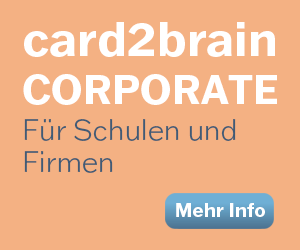Regulatories for Biotechnologies for Life Sciences
Regulatory affairs and Safety in Biotechnology
Regulatory affairs and Safety in Biotechnology
Kartei Details
| Karten | 135 |
|---|---|
| Sprache | English |
| Kategorie | Biologie |
| Stufe | Universität |
| Erstellt / Aktualisiert | 04.02.2022 / 07.02.2022 |
| Lizenzierung | Keine Angabe |
| Weblink |
https://card2brain.ch/box/20220204_regulatories_for_biotechnologies_for_life_sciences
|
| Einbinden |
<iframe src="https://card2brain.ch/box/20220204_regulatories_for_biotechnologies_for_life_sciences/embed" width="780" height="150" scrolling="no" frameborder="0"></iframe>
|
1. Concerning Biotechnologies, for a bioanalytical device which parameters must be defined/characterized? Name at least 4 parameters.
Specificity
Sensitivity
Robustness
Simple handling
2. Which is the most relevant analytical procedure for protein analysis? Please, describe the process and name two parameters that make protein analysis difficult?
- the procedure: Immunoassay
- the process: measures the presence or concentration of a macromolecule or a small molecule in a solution through the use of an antibody (usually) or an antigen (sometimes).
- the parameters that make protein analysis difficult: binding affinity of the antibody, structure of the protein, function of the protein. In addition the absorbance depends on the type of protein analyzed (different proteins have different amino acid sequences).
4.b What is conformity assessment?
Conformity assessment is the process used to show that a product, service, or system meets specified requirements. These requirements are likely to be contained in an ISO standard.
What is an in vitro diagnostic medical device (IVDMD)?
Directive 98/79/EC, Article 1, defines IVDMDs as follows: “in vitro diagnostic medical device”: any medical device which is a reagent, reagent product, calibrator, control material, kit, instrument, apparatus, equipment, or system, whether used alone or in combination, intended by the manufacturer to be used in vitro for the examination of specimens, including blood and tissue donations, derived from the human body, solely or principally for the purpose of providing information:
- concerning a physiological or pathological state,
- concerning a congenital abnormality,
- to determine the safety and compatibility with potential recipients,
- to monitor therapeutic measures.
3. Name the current EU medical device regulation. How many classes for medical devices are defined within this regulation? Describe these classes.
ISO 13485
4 classes (I, IIa, IIb, III):
I. Lowest risk classification. Non-sterile and/or non-measuring function; No notified Body involvement.
IIa. Manufacturing systems audit
IIb. Manufacturing & product design audit (Technical File)
III. Highest risk classification. Manufacturing & Design Dossier audit
Directive 98/79/EC, Article 1, defines IVDMDs ... for the purpose of providing information on...
6. Please provide four examples of "key features" of the GMP Pharmaceutical Quality Management System.
Validation, Verification, Compliance, Recall, Quality Control
7. The CTD, The Common Technical Specification is the regulatory required format for submission of data in drug development. What parts in drug development does the CTD address/ require the information to be provided?





